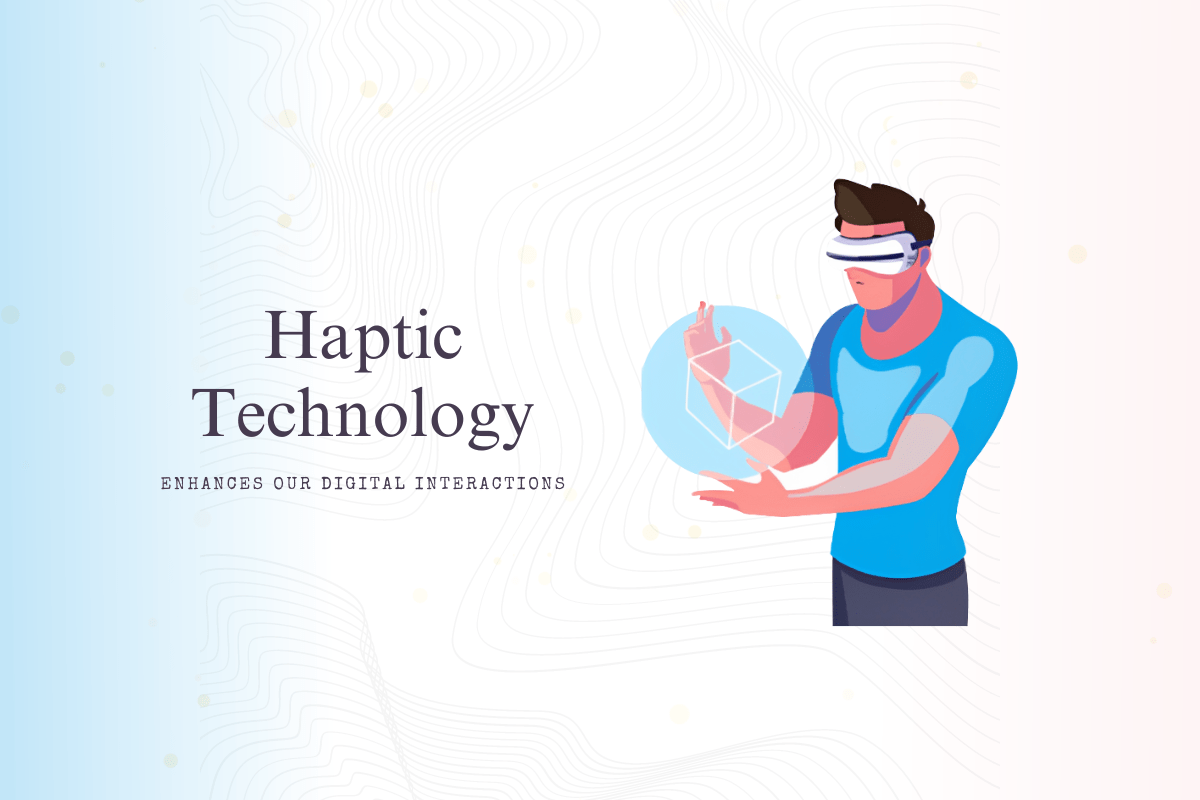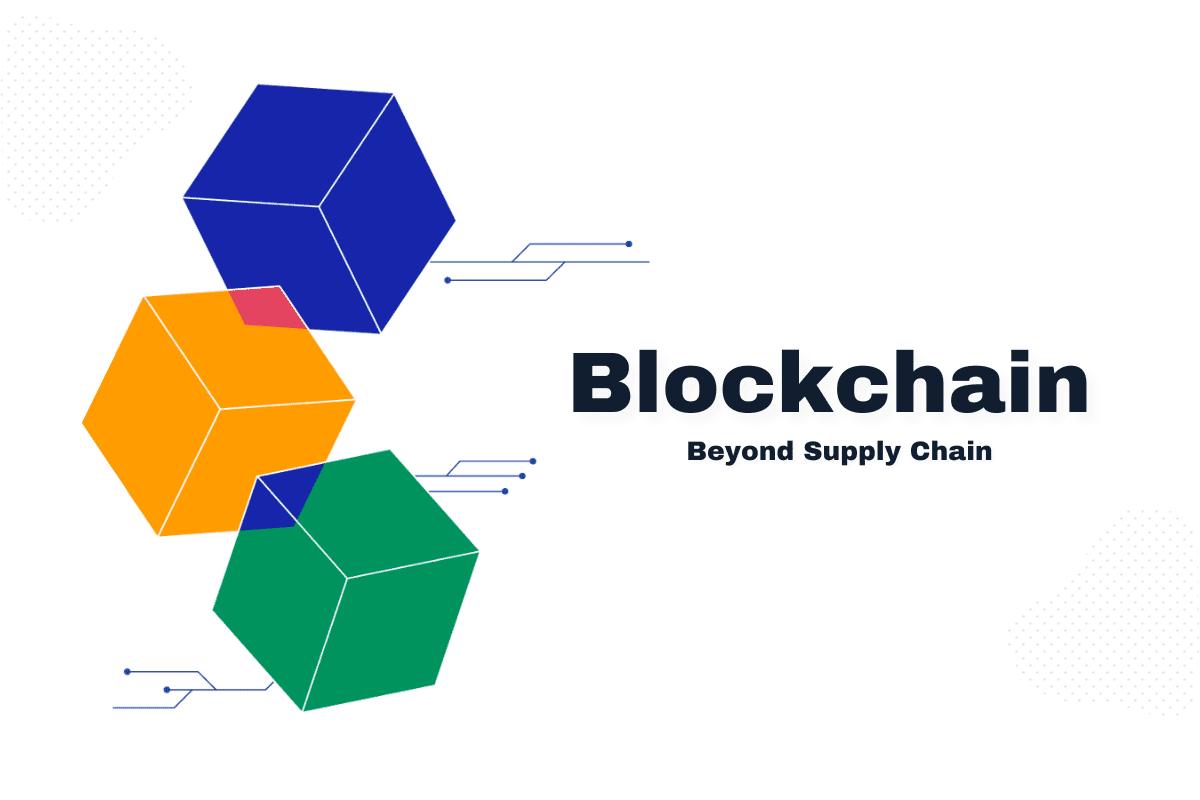Introduction
In today’s digital age, technology has revolutionized the way we interact with the world around us. One such innovation that has gained significant attention is haptic technology. Technology refers to the technology that engages our sense of touch to provide tactile feedback and enhance our digital interactions. From smartphones to virtual reality, technology is transforming the way we perceive and engage with digital content. In this article, we will explore how technology works, its applications in various industries, and the benefits it brings to our daily lives.
Understanding Haptic Technology
Haptic technology, also known as kinesthetic communication, involves the use of tactile sensations to provide feedback to users. It allows users to interact with digital devices through touch and feel. By simulating the sense of touch, technology creates a more immersive and engaging user experience.
The Science Behind Haptic Feedback
Haptic feedback relies on the principle of stimulating our sensory receptors through vibrations, pressure, or motion. This technology utilizes actuators, sensors, and software algorithms to create precise and realistic tactile sensations. When a user interacts with a haptic-enabled device, the actuators generate vibrations or forces that mimic the physical properties of the objects being displayed on the screen.
Also Read: Space Tourism: Journey to the Stars and Discover the Future of Travel
Applications of Haptic Technology
Haptics in Gaming and Virtual Reality
Haptic technology (Link) has revolutionized the gaming and virtual reality industry by providing a more immersive and realistic experience. Gamers can now feel the impact of in-game actions, such as the recoil of a gun or the rumble of a racing car. Virtual reality systems incorporate haptic feedback to simulate physical interactions, allowing users to touch and manipulate virtual objects.
Haptic Feedback in Mobile Devices
Mobile devices, such as smartphones and tablets, utilize haptic feedback to enhance the user interface. Through vibrations and haptic responses, users receive feedback when typing on a virtual keyboard, navigating menus, or interacting with touch-based controls. This tactile feedback improves the overall user experience and makes interactions more intuitive.
Haptic Technology in Medical Simulation
Haptic technology plays a crucial role in medical training and simulation. Surgeons can practice complex procedures using haptic-enabled simulators that replicate the sensation of operating on real patients. This realistic training environment improves surgical skills, reduces risks, and enhances patient safety.
Haptics in Automotive Industry
The automotive industry has adopted technology to enhance driver safety and comfort. Haptic feedback systems provide tactile warnings for collision alerts, lane departures, and parking assistance. Drivers can feel vibrations or gentle pulses, ensuring that their attention is drawn to critical situations without distracting them visually.
Advantages of Haptic Technology
Enhanced User Experience
Haptic technology enriches the user experience by adding a new dimension to digital interactions. Whether it’s feeling the texture of virtual objects or sensing the impact of actions in a game, haptics creates a more engaging and memorable experience.
Improved Accessibility
Haptic feedback improves accessibility for individuals with visual impairments. By incorporating touch-based interactions, digital devices become more inclusive and allow visually impaired users to navigate and interact with content effectively.
Realistic Training and Simulation
In fields such as medicine and aviation, technology enables realistic training and simulation scenarios. Surgeons, pilots, and other professionals can practice complex procedures in a safe and controlled environment, leading to improved skills and better outcomes in real-world situations.
Increased Safety Measures
Haptic feedback can contribute to increased safety measures in various industries. For example, in the automotive sector, haptic feedback systems provide subtle alerts that help drivers stay focused on the road and avoid accidents. Similarly, in industrial settings, technology can provide workers with tactile warnings, preventing them from entering hazardous zones.
Future Developments in Haptic Technology
As technology continues to evolve, technology is expected to advance further. Researchers are exploring new ways to incorporate more realistic and precise haptic feedback. Future developments may include advanced haptic gloves, full-body haptic suits, and more sophisticated algorithms that can recreate a wide range of tactile sensations.
Conclusion
Haptic technology has transformed our digital interactions by integrating the sense of touch into our devices and experiences. From gaming and virtual reality to medical simulation and automotive safety, haptics enhance user engagement, improve accessibility, and provide realistic feedback. As the field continues to progress, we can expect even more exciting applications and advancements in technology.
FAQs (Frequently Asked Questions)
Q1. What is haptic technology?
Haptic technology refers to the use of touch and tactile feedback in digital devices to enhance user experiences.
Q2. How does haptic feedback work?
Haptic feedback relies on actuators that generate vibrations or forces to simulate the sense of touch and provide tactile feedback.
Q3. Where is haptic technology used?
Haptic technology is used in various industries, including gaming, virtual reality, mobile devices, medical simulation, and automotive systems.
Q4. What are the advantages of haptic technology?
Haptic technology offers enhanced user experiences, improved accessibility, realistic training and simulation, and increased safety measures.
Q5. What does the future hold for haptic technology?
Future developments may include advanced haptic gloves, full-body haptic suits, and more sophisticated algorithms for recreating tactile sensations.




